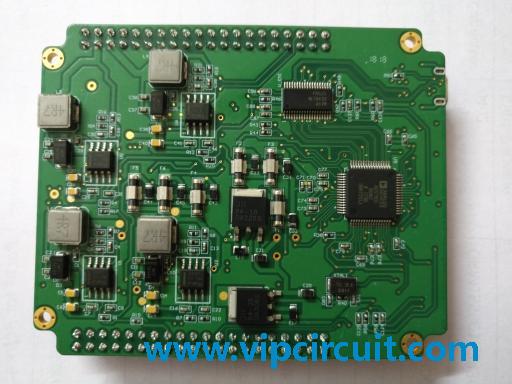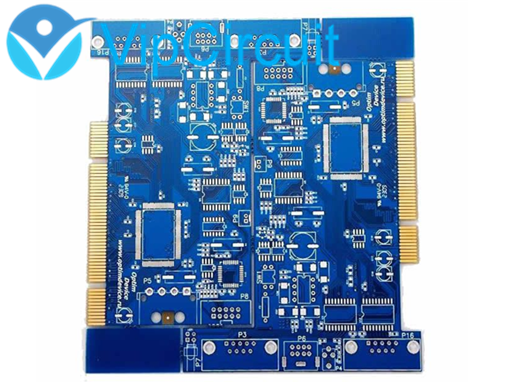What are the signal interferences in the PCB ?
1. What are the signal interferences in the PCB ?
Interference in the PCB can be divided into radiated interference and conducted interference. Radiated interference is the interference source that uses space as a medium to interfere its signal with another electrical network. Conducted interference use a conductive dielectric as a medium to interfere with signals on one electrical network to another. In high-speed PCB design, integrated circuit pins, high-frequency signal lines and various types of plugs are common sources of radiated interference in PCB design. The electromagnetic waves they emit are electromagnetic interference (EMI), which will affects the normal work of itself and other systems.

2. How to deal with PCB sensitive circuits ?
(1) Power line
According to the PCB current, try to increase the width of the power line and reduce the loop resistance. In particular, it is necessary to make the power supply direction in the power line and the ground line opposite to the direction in which data and signals are transmitted, that is, the power supply mode that is advanced from the final stage to the front stage, which helps to enhance the anti-noise capability.
(2) Ground line
The principle of design is that the digital ground line should be separated from the analog ground line. If there are both logic and linear circuits on the PCB, they should be separated as much as possible. The ground line of the low-frequency circuit should be grounded in parallel with a single point. If the actual layout is difficult, it can be partially connected and then grounded in parallel. The high-frequency circuit should be grounded in multiple points as much as possible. The ground line should be short and thick, and the large-area ground copper should be used as much as possible around the high-frequency components. The ground line should be as thick as possible so that it can pass three times larger than the allowable current of the PCB. The ground line should be above 2~3mm if possible, and the ground line constitutes a closed loop. If PCB is only composed of digital circuits, then its ground circuit should be designed as close as possible, which can improve the anti-noise ability.
3. What are the sources of interference in the PCB ?
Source refers to the component, device or signal that causes interference. It is described in mathematical language as follows: du/dt, where di/dt is large, it is the source of interference. Such as: lightning, relays, thyristors, motors, high-frequency clocks etc. may become sources of interference. A propagation path is a medium that interferes with the propagation from an interferer to a sensitive device. Typical interference propagation paths are conduction through the wires and radiation from the space. Sensitive components are objects that are easily disturbed.uch as: A/D, D/A converter, microcontroller, digital IC and weak signal amplifier.
4. How to deal with sensitive components in PCB ?
Components must be placed in a position to be manufactured and serviceable. The polarity of the capacitor should be the same, and the heating element and the sensitive component should be placed at a distance. Moisture sensitive components tend to be packaged in tape-and-reel systems, each with a large number of components. When compared to the pin components in the IC tray, the key issue is that the exposure to moisture is longer. The exposure time must be increased to dry storage time during setup and processing.
